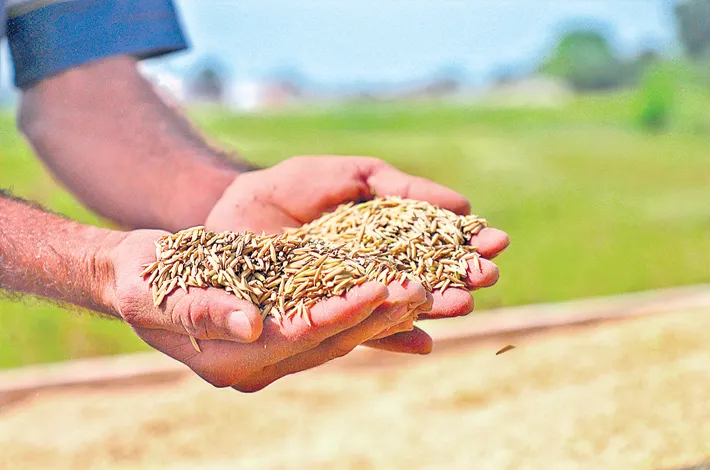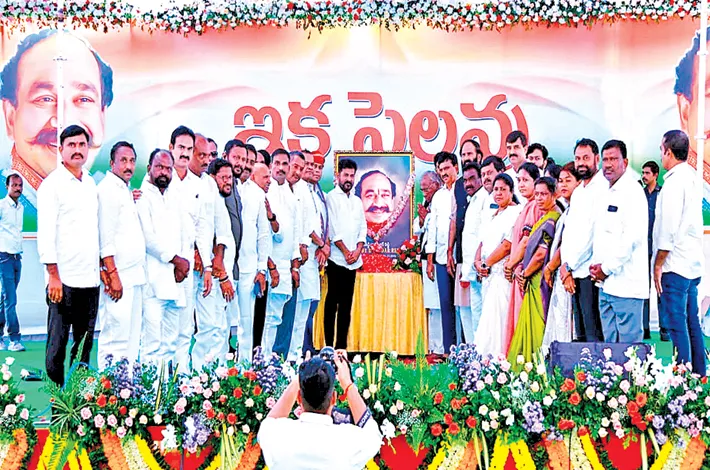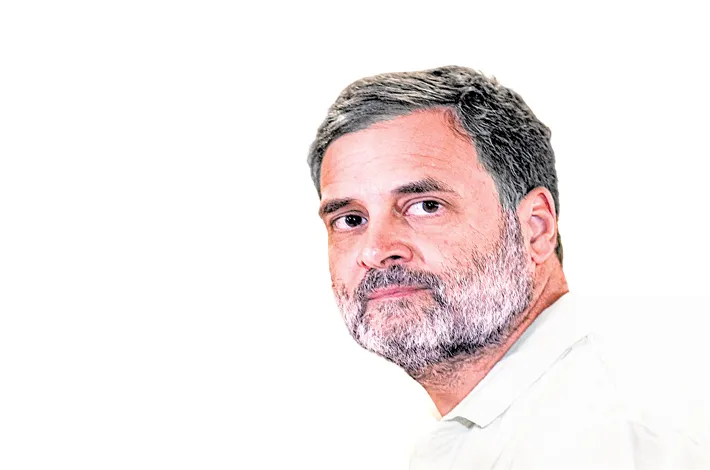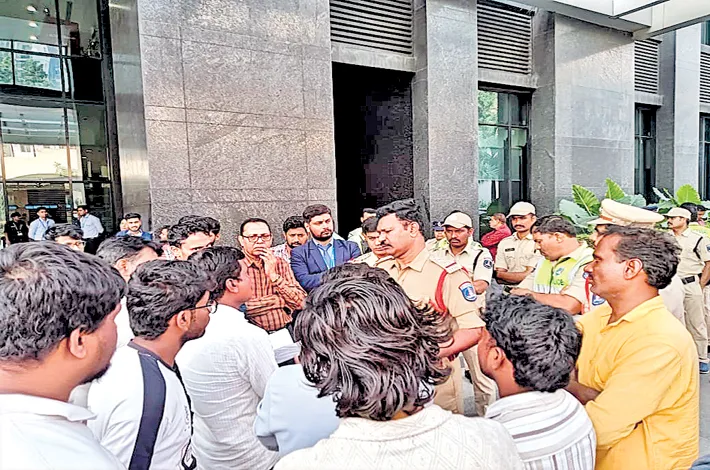Iran and India: Where Sanskrit meets Persian
21-06-2025 12:00:00 AM

Meet Dr Balram Shukla our very own professor, poet, polymath, presently director of Swami Vivekananda Cultural Centre in Tehran, under the aegis of ICCR and Embassy of India in Iran. In a free-wheeling interaction with this writer, during his short sojourn at Gorakhpur his hometown, Shukla, a scholar in Sanskrit and Persian draws parallels between the two classical, rich languages, the common heritage and cultural interface that has marked the pages of history of India
On Sanskrit and Persian
“Sanskrit and Persian are cognitive languages. The challenging part of learning Persian for any non-Persian is the script that can be pretty baffling. But for me, it proved otherwise. I was well-versed in Urdu being born and brought up in Uttar Pradesh the seat of Urdu poetry and culture for centuries.
My association with Urdu was a doorway, a threshold to Persian. Urdu had borrowed heavily from Persian tradition and Urdu poets were influenced by Perian poets.” His exposure to Western linguistics vis-à-vis Oriental (Asian/Indian) theories and learning by virtue of his comparative study for his PhD has made him an all-encompassing mind.
Choosing Persian as a parallel to Sanskrit instead of Greek
Elucidating on the commonalities of Sanskrit and Persian, the professor says that the thought process and even the spirituality, so to speak of both these languages with roots in antiquity are similar; they fall in the ambit of Oriental literature. For instance, Rumi’s spiritual thought is not contrary to our ancient thought encased in our Sanskrit classical texts. It doesn’t sound alien to us at all. When you transcend Shariyat, you arrive at Marifat and finally Haqiqat (ultimate truth) is a reflection of our own spiritual process to enlightenment.
The divisional boundaries are only at the base level. As the seeker reaches higher arenas through spiritual practices with the help of a guru, the realisation is oneness. Language and geographical distinctions with negligible differences are erased in the end when we come to profound thought. Quoting Bhagwad Gita where lord Krsna (Bhagawan) points out to the oneness underlying apparently different things in a perceiver.
Dwelling further into detail, the poet in Shukla is able to discern the fine similarity between the Sanskrit literary term ‘Gyan’ and the ‘Esqh’ of the Persian literature, especially that of Sufis. Esqh in common parlance is loosely interpreted as love. “It is actually the opposite of Aql,’’ he says.
Deducing it further, he points out that in our Indian spiritual thought, we are told that knowledge (Aql) has to be left behind as one progresses on the path to ultimate reality and what is then left is gyan or Esqh. Here Gyan is wisdom and wisdom springs from extreme love and compassion. Bhakti or love of God is the path to Kaivalya according to our Vaishnav saints. They emphasised on Prem (Esqh) as the most desirable fifth Purushartha (the other four being Dharma, Artha, Kama and Moksha). According to Bhakti Sampradaya (tradition) ‘Love suffices to lead you to Godhead.’ Rumi the greatest spiritual poet in Persian literature propounds the power of love as ultimate connect between human and divine; in fact, it is an exalted emotion that is a reflection on the divine.
Influence of Buddhism
Shukla elucidates on the influence of Buddhism on Rumi. The common source of Indian and Persian cultures can be traced to the influence of Buddhism on both, he states. Flipping the pages of history he points out to a certain Sasanid prince who converted to Buddhism. On the lines of our Takshashila University, there arose the University of Gondishapur founded by Sasanian king Shapur-e-ekom (Shapur -I). Iranian grammarians originally relied on Sanskrit Buddhist grammar that had travelled to Iran much before the Panchatantra which was translated into Pahlavi (medieval Persian) by Bourzouyeh (5th C).
Talk of Persian that existed as the court language for 700 years in India during the Mughal rule. Most of our Hindu poets and scholars in the royal courts like Chandraban Brahman wrote in Farsi. The Indian school of Persian poetry (Dehlavi ) emerged during Mughal era. It is said that the court of Isfahan had lesser number of Farsi poets than the Delhi court! Humayun the second Mughal emperor was said to have brought number of Iranian poets during his refuge there, along with him to India.
Coming to the present times, Shukla views the cultural bond between our country and Iran is unique and special. Despite international barriers and restrictions which cannot be challenged, the man-to-man connection between the two countries is so intense that no upheavals can ever mar this humane bonding. “Iranians have still retained their ancient memories. Gandhiji is highly respected by all age groups. Not to talk of Bollywood movies,” he chuckles.
Iranians love India and Indians; the same cannot be said of Indians in return. But the youth should be encouraged towards cultural exchange which broadens our vision irrespective of geographical or religious boundaries, he signs off with a note of advise to younger generation.
(Ranee Kumar is a journalist based out of Dehradun)








